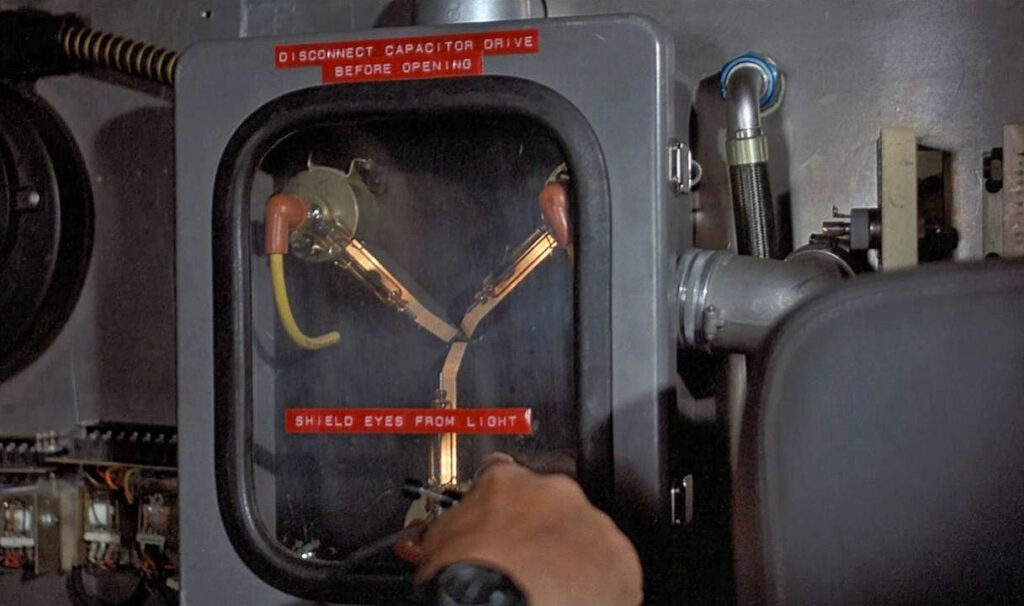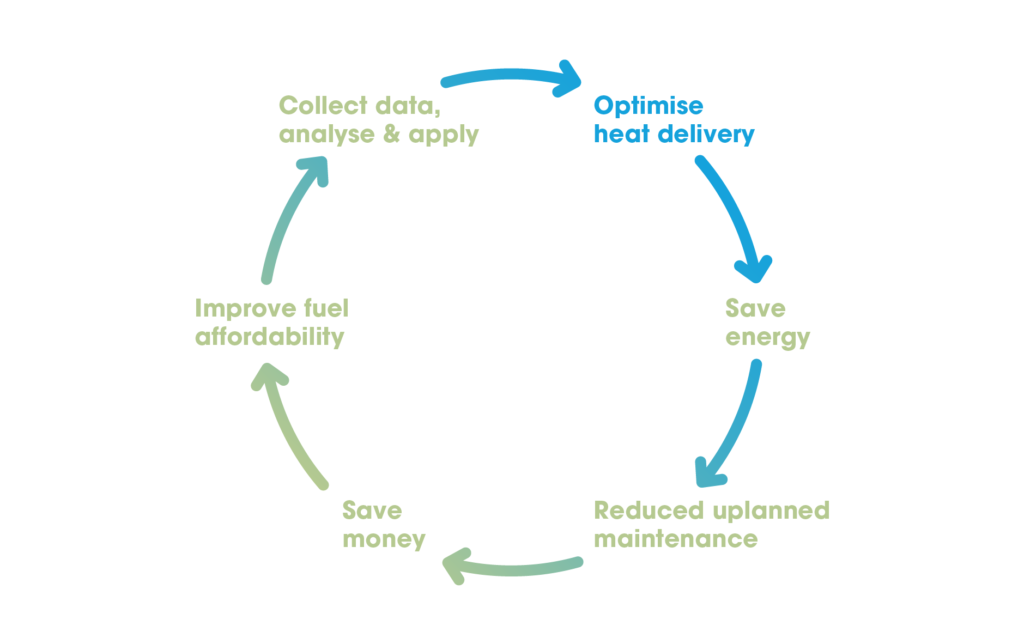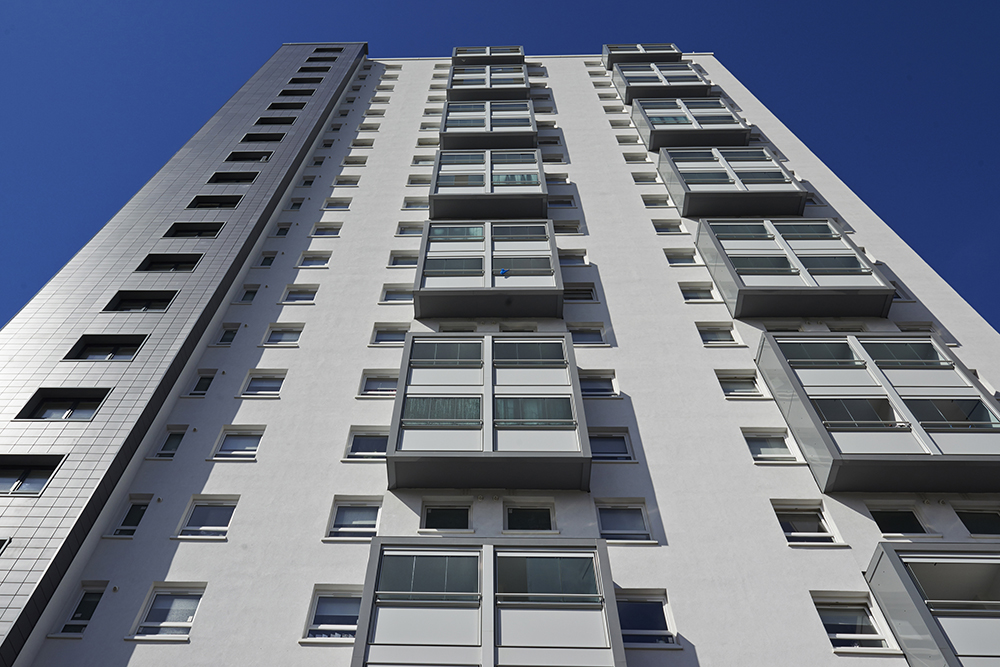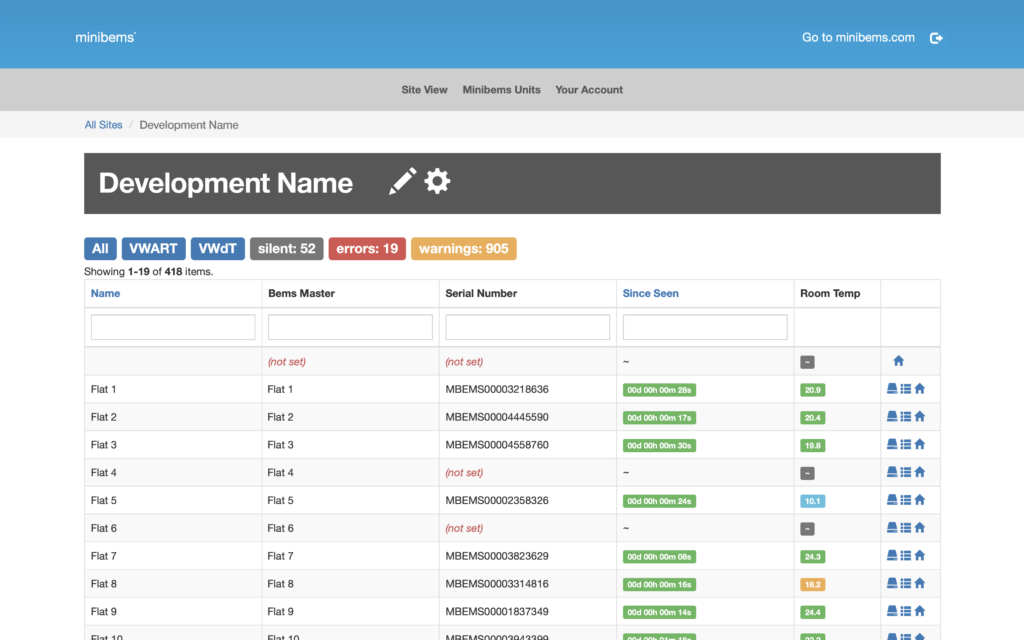All that hot water…how Minibems delivers heating as a managed service
1.21 gigawatts!!!!!!
It would take the 1.21GW Flux Capacitor (the key to time travel in the film, ‘Back to the Future’) six years non-stop to provide for the U.K.’s annual space heating needs. Space heating accounts for 42% of the total UK Energy usage, around 66,000 Gigawatt hours (GWh) of energy used annually.

We know that most space heating, particularly on communal heating networks, is very inefficient. We could potentially save many thousands of GWh (allowing more time for, uhm, time travel) by applying such principles as automatic and constant optimisation of heating circuits and ensuring that the Delta T is as wide as possible.
Note: Delta T is the temperature difference between the flow, outgoing water, and the return water going back to the boiler.
Given the huge slice of the energy pie that space heating represents it makes sense to manage that heating. This has lead Minibems to a point where we now offer a mix of hardware and software that deliver a comprehensive heating management solution.
The underlying values of ongoing heat network management are that of commitment, innovation and collaboration. These allow us to improve service, deliver value, gather and analyse data to pursue continual improvement.
A comprehensive managed service will replace a number of aspects of business as usual heating network solutions. By replacing the mechanical with an Internet of Things (IoT) approach the heat network becomes visible at every point of use, and at every juncture of activity – be it generation, distribution, storage, etc.

We have found that heating networks suffer from similar systems that reduce performance, efficiency, while damaging the reputation of the heating network operator.
1. Constant volume circuits
The flow rate of most primary and secondary heating circuits is determined by mechanical ‘dumb’ valves which effectively over-deliver volume flow rate around the systems. This means that the delivery of heat to the buildings is not matching the actual rate of heat use of the building itself. In low load scenarios, which exist most of the time, this results in low Delta T on all circuits and higher than necessary return temperatures. Additionally, a large amount of electricity will be utilised in running pumps at unnecessarily fast speeds.
2. Constant temperature circuits
Many of the heating circuits are constant temperature and so there is no variation of radiator temperature according to outside temperature. This leads to demand cycling and therefore boiler cycling. If flow temperatures are higher than required then return temperatures are consequently higher to boilers, so reducing efficiency.
3. Metering & billing systems do not function
This leads to lost revenue for landlord, potentially tens of thousands of pounds per year with initial CapEx on the HIU never fully recovered.
4. System imbalances starve some tenants of heat and hot water
Since many heat networks were installed, system balance has not been achieved, and some tenants have inadequate heating and hot water whilst others have over-supply.
5. HIUs continuously bypass heat even when there is no demand, costing tenants money
Domestic hot water plate exchangers continuously bypass heat, adding to tenants operating costs, as well as destroying Delta T on the network.These problems are allowed to persist if the service provider and operator do not work together to resolve the issues. Due to the nature of the IoT, these problems can be resolved at any level required; from the individual flat, floor or block through to the site, portfolio and ultimately the the national level.


Latest news
Minibems delivers equivalent carbon savings to converting a petrol car to an electric car, for twenty times less capital cost
Reducing our carbon footprint is typically an expensive task requiring extensive capital investment. However installing Minibems onto a heat network typically saves 1 tonne of carbon, per annum, for every apartment it’s fitted into.
Minibems can reduce residents heat tariffs by as much as 22 pence per kWh
With gas prices soaring the opportunity for real and tangible cost savings on heat networks has never been greater.
Cut the carbon in your heat network today
Minibems can cut an average of 1 tonne of carbon emissions per home per annum – saving you money too. By controlling each apartment with our unique and patented Dynamic flow control system we achieve the savings by optimising flow rates through your HIU.
Cut your heat network costs with Minibems
As finance managers across the UK know, managing budgets is a weekly challenge during these unprecedented times for energy price hikes. This isn’t just bad news for those in charge of managing operational budgets for heat networks, it’s also bad news for families.
Interested in finding out how we can optimise your heat network?



